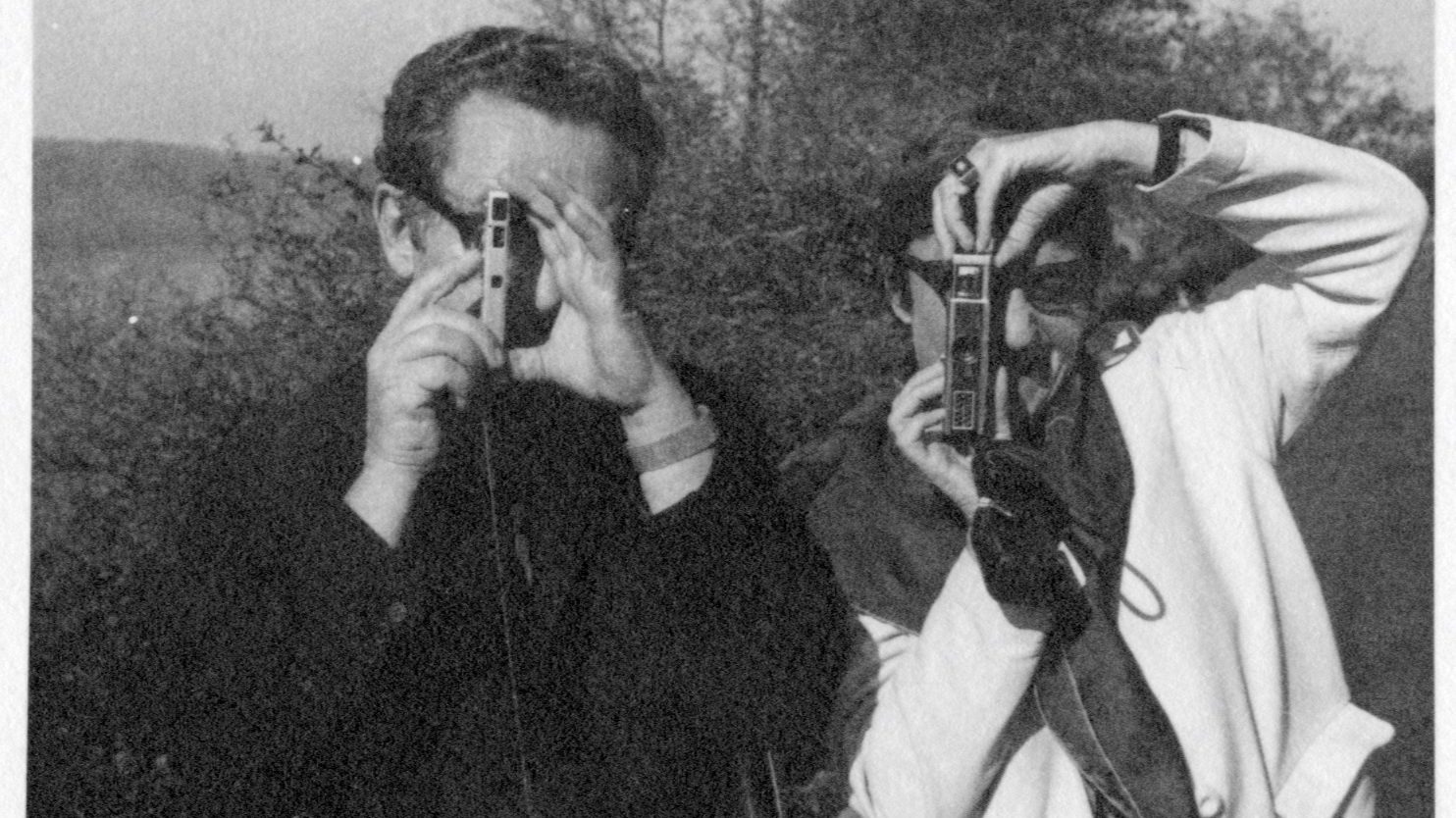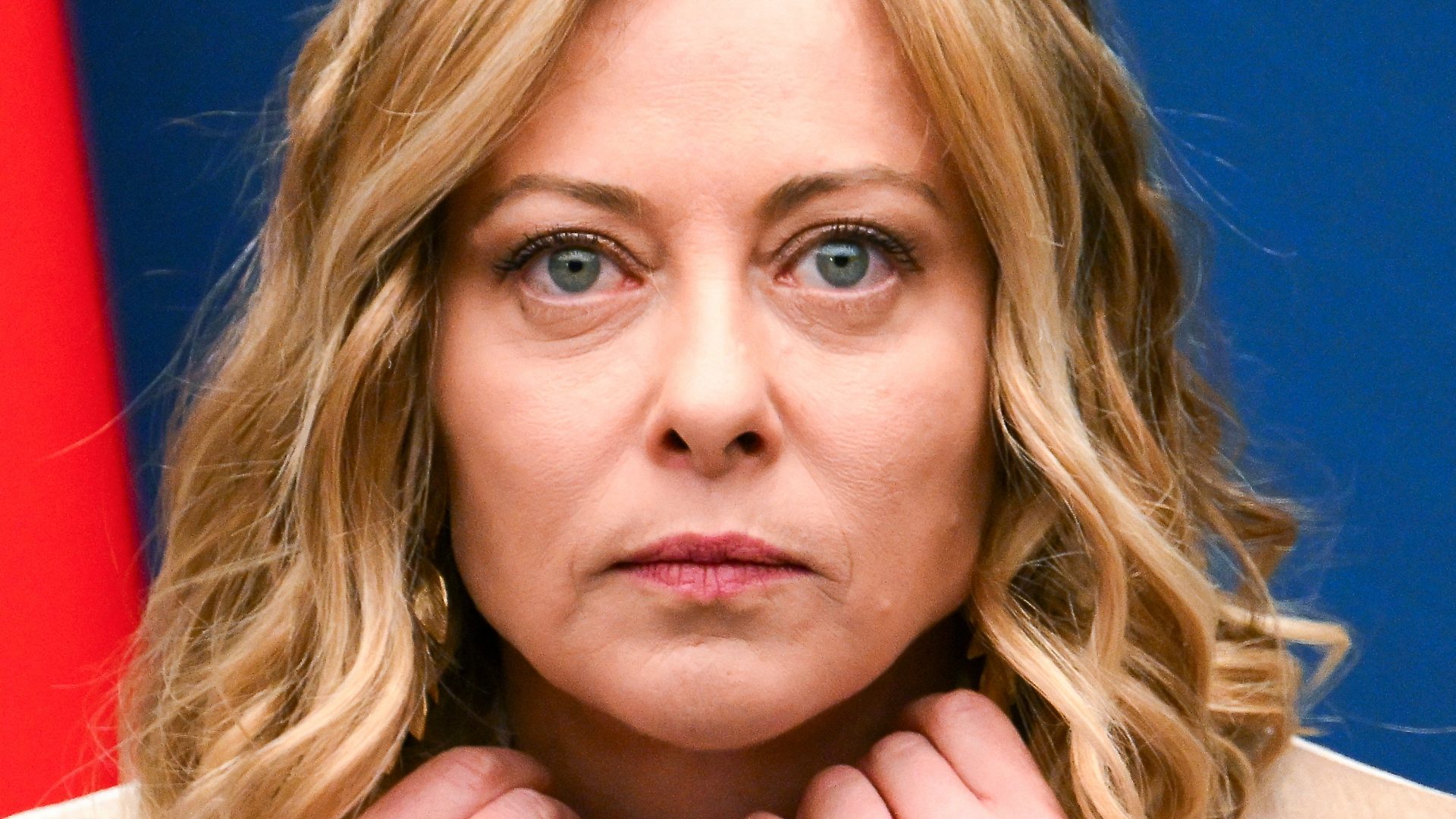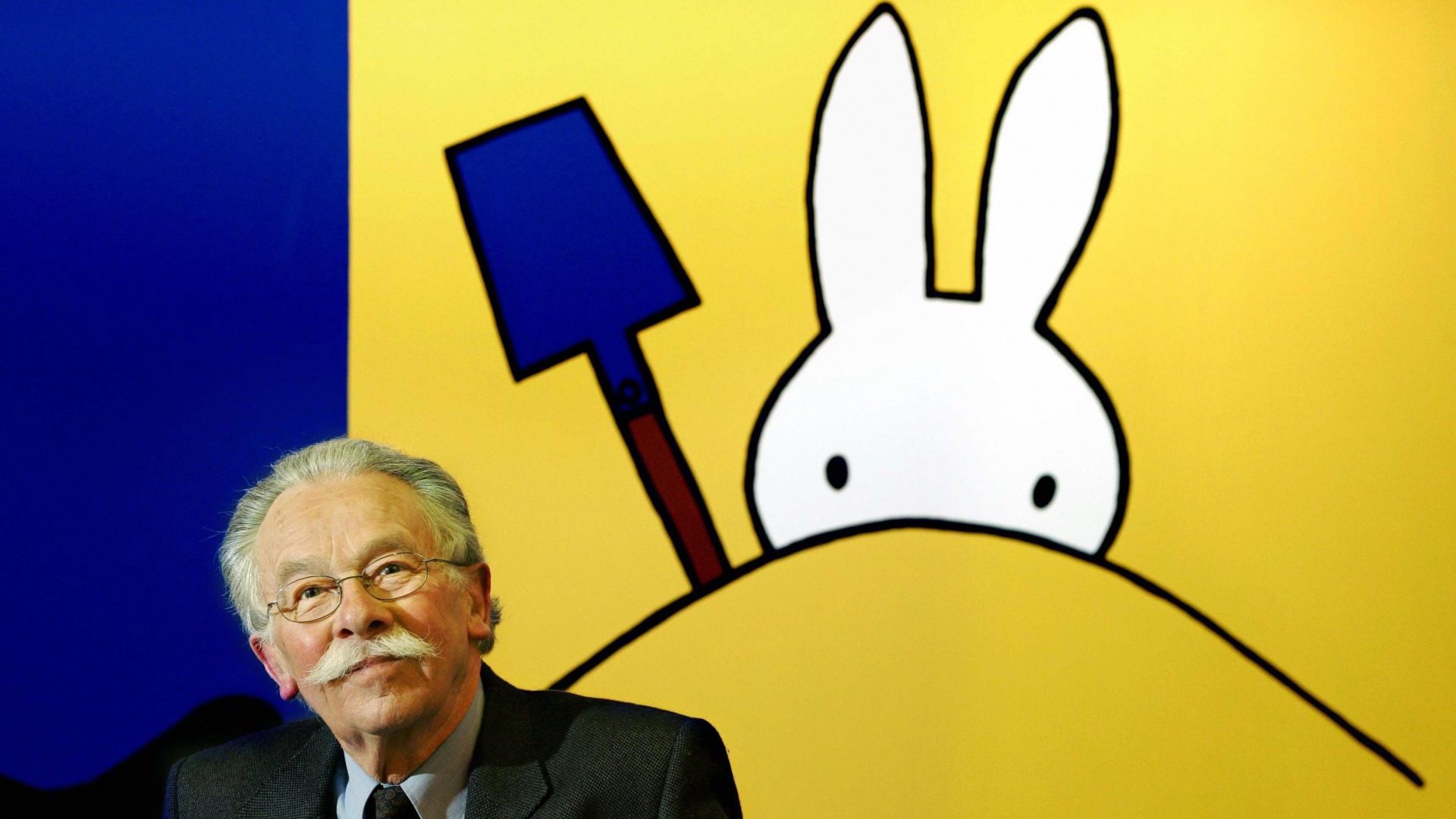It was love at first sight, twice. Two quiet giants of the art world, Leipzig-born Hans Hartung (1904-1989) and Swedish-born Norwegian Anna-Eva Bergman (1909-1987) went through two marriages and two divorces before realising they were meant to be together.
Their first marriage in 1929 – to each other – did not end well. After living and working in Germany and Paris, and building a house together in Menorca, the relationship faltered. At a time when her husband was gaining recognition for his work, Bergman was referred to in artistic circles as Mrs Hartung. That was not for her and she left him in 1937 to consolidate her own reputation.
In the years of separation, both established strong careers. Bergman, initially at a disadvantage for being a female artist in a male-oriented arts world, crafted her own status in Norway, where she grew up. She married Fridhjof Lange, a factory owner, in 1944, before divorcing in 1952.
Hartung had left Germany with the rise of Nazism in the 1930s. He moved to Paris, marrying Roberta, the daughter of the sculptor Julio González, in July 1939. Not wishing to fight for Germany in the second world war – he had been labelled a degenerate artist by the Nazis and nearly arrested – Hartung joined the French Foreign Legion. He was later imprisoned for several months.
On release, he rejoined the legion, serving in North Africa. His military career ended in 1944 when he was shot in the leg while attempting to rescue a soldier behind enemy lines. Lack of medical care resulted in amputation of his leg below the knee, but gangrene forced a second amputation to the top of the thigh. After the war, Hartung received the Croix de Guerre and French citizenship.
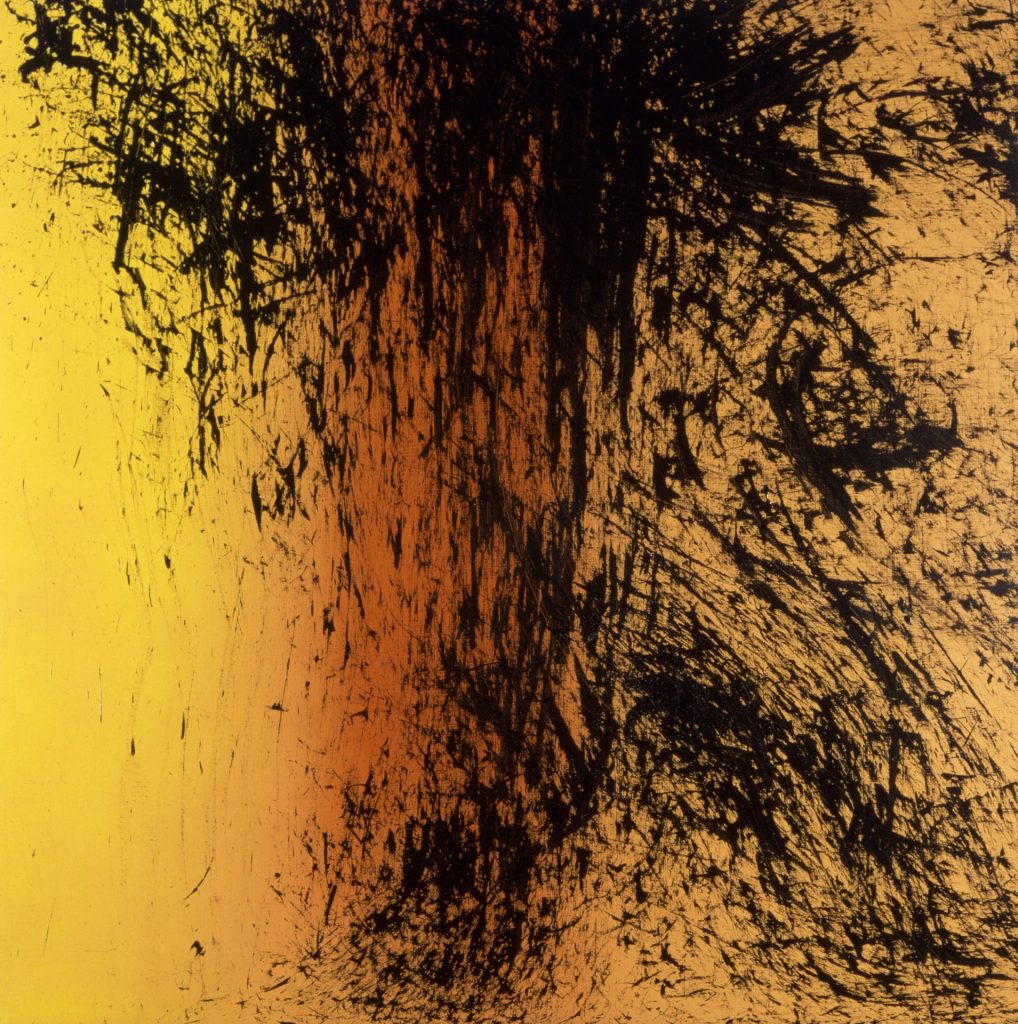
Throughout their separation, both artists created abstract work that was very different from one another. Bergman’s compositions mirrored the mountains and skies of Norway, using delicate silver and gold leaf to create masterful small- and large-scale creations. Hartung’s reflected his childhood fixation with the elements, lightning, nature and the cosmos.
In 1952, at a moment when both had achieved much recognition for their work, Hartung and Bergman met again – some say by chance – at an exhibition in Paris. They were 15 years older and Hartung was missing a leg but it was love at first sight, again. Hartung’s divorce from Roberta, and Bergman’s from Lange, followed.
They married each other for the second time in 1957, 28 years on from their first meeting at a ball in Montparnasse, Paris. In 1973, Bergman and Hartung designed and built a Bauhaus-style house and studios in Antibes, on the Côte d’Azur. Here the couple lived together and worked – in individual studios – until Bergman’s death in July 1987 separated them. Hartung died two years later and the Antibes estate is now home to the Fondation Hartung-Bergman.
At the Kunsthalle Praha, a spacious gallery in Prague converted from an old electricity station, a unique joint retrospective, Anna-Eva Bergman & Hans Hartung: And We’ll Never Be Parted, maps out their lives through 100 paintings and around 200 objects. Their work has never been exhibited together before – in fact, purposely kept apart, not to draw comparisons.
In the expansive, high-ceilinged building, Hartung and Bergman are revealed through personal memorabilia including a letter, written by her from San Remo on April 14, 1937, which initiated their divorce. It is strongly worded and heartfelt. Photographs – Hartung was a keen photographer – drawings and paintings record the emergence of two extraordinary talents from an early age.
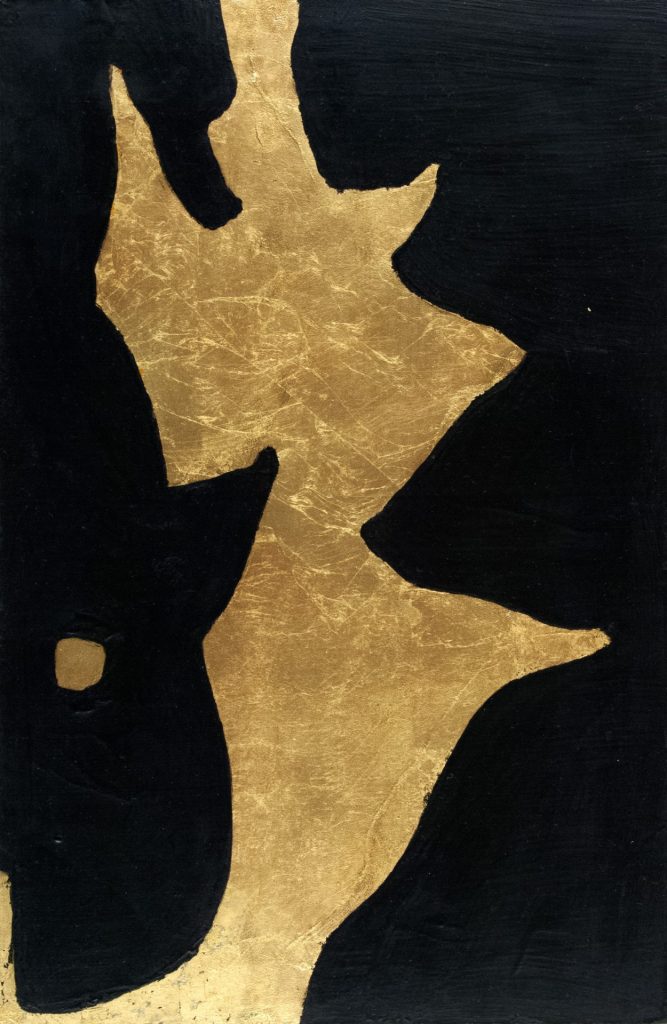
And, of course, there are their remarkable artworks. That their artistic styles would be so different is foretold in early self-portraits, Hartung’s is forceful, dynamic, looking directly at the viewer, Bergman reveals little in a traditional composition of her youthful face.
The room layouts and work separations show what each artist was creating and how their different approaches to art materialised. Bergman’s first abstract works, created after the separation, are here. And in one vast room, the tools they used are laid out on separate tables, like Hartung’s rakes and brooms to scratch surfaces, which shows how they created such different abstracts.
Hartung, working from a wheelchair, or chair, used industrial-type spray guns to create large-scale works. The studio films show him in action, and Bergman too, high up on a ladder to reach parts of her monumental canvases.
There are superb works of art in each room, leading to one that shows off some of the gifts of art they gave each other from the 1950s. Each would offer the other three works of their own, of which one could be chosen as a gift. Some of the choices are shown, her choices of his works and his of hers.
One of the biggest surprises is that these gifts went straight into storage. Their house in Antibes did not display any of their artworks on the walls because the views beyond their white walls – wide vistas of land, olive trees and sky – was what inspired them.
And, of course, themselves.
Anna-Eva Bergman & Hans Hartung: And We’ll Never Be Parted is at Kunsthalle Praha, Prague until October 13

